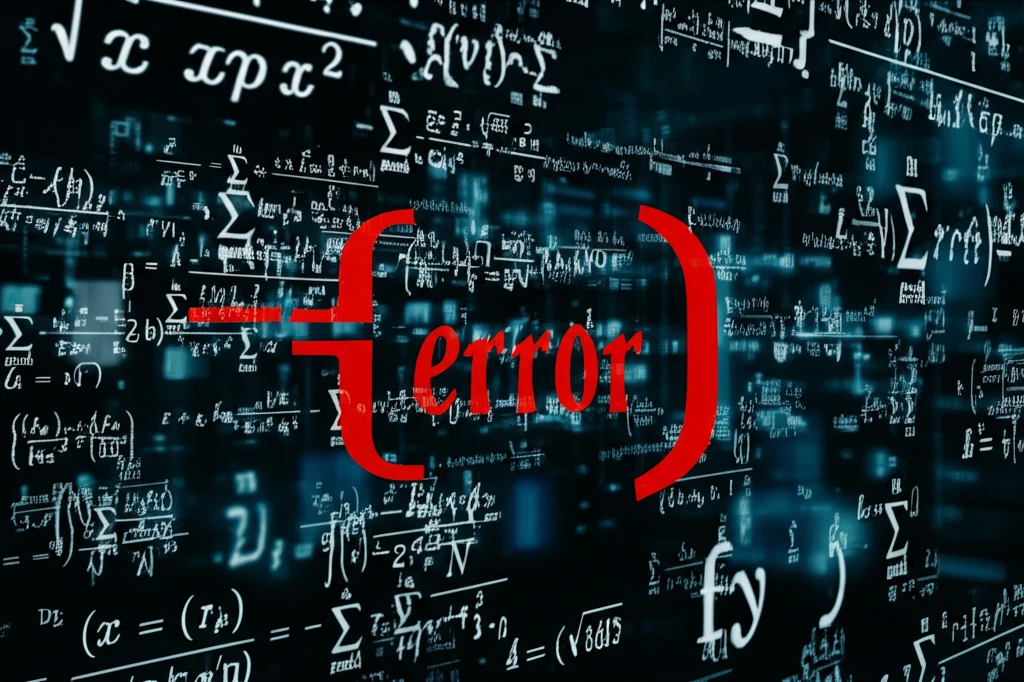
Decoding the Math Error That Almost Shook the Quantum World
"A deep dive into a corrected proof reveals how mathematical rigor safeguards the foundations of quantum mechanics and our understanding of random systems."
In the intricate world of mathematical physics, precision is paramount. Every equation, every theorem, every proof must stand up to rigorous scrutiny. But what happens when a mistake slips through the cracks, threatening to unravel years of research and established theories? This is precisely what occurred in a seminal paper on the statistical properties of eigenvalues in continuum random Schrödinger operators—a cornerstone in our understanding of quantum mechanics and random systems.
Published in 2010, the original paper presented groundbreaking results concerning the Poisson statistics of eigenvalues, a crucial aspect in characterizing the behavior of quantum systems with inherent randomness. These systems, described by Schrödinger operators, are essential for modeling phenomena ranging from electron behavior in disordered materials to the energy levels of complex atoms. The initial findings promised deep insights, but lurking beneath the surface was a subtle error that, if uncorrected, could have led to significant misinterpretations and flawed predictions.
This article delves into the heart of this mathematical mystery, examining the nature of the error, its potential consequences, and the eventual correction that reaffirmed the validity of the core concepts. We will explore why such meticulous attention to detail is vital in mathematical physics and how the scientific community's vigilance ensures the reliability of our theoretical frameworks.
The Flaw in the Foundation: Unpacking the Mathematical Mistake

The error centered around a critical inequality, specifically (5-8), which played a pivotal role in proving Theorem 2.1, Theorem 2.2, and Lemma 5.1 of the original paper. This inequality was intended to provide a bound on the trace of certain operators related to the eigenvalues of the Schrödinger operator. The mistake arose when estimating the expectation of both sides of equation (5-6). The derivation incorrectly assumed that a certain term, denoted as b,τ(ω⊥j), was non-negative. In reality, this condition could not be guaranteed, invalidating the subsequent steps in the proof.
- Undermining the theoretical basis for predicting eigenvalue distributions in random quantum systems.
- Casting doubt on the applicability of these models in various physical scenarios.
- Requiring a re-evaluation of related research that built upon these flawed results.
The Path to Correction and the Resilience of Science
The discovery of the error and its subsequent correction highlight the self-correcting nature of science. The authors, along with the help of Sasha Sodin, meticulously re-examined their work, identified the flaw, and issued an erratum. This act of transparency and dedication to accuracy is a testament to the integrity of the scientific community. While the initial error was a setback, the process of correcting it ultimately strengthened the field. It reinforced the importance of rigorous mathematical proof and the need for constant vigilance in verifying theoretical results. The corrected understanding ensures that future research can build on a solid foundation, furthering our knowledge of quantum systems and their random behaviors.
